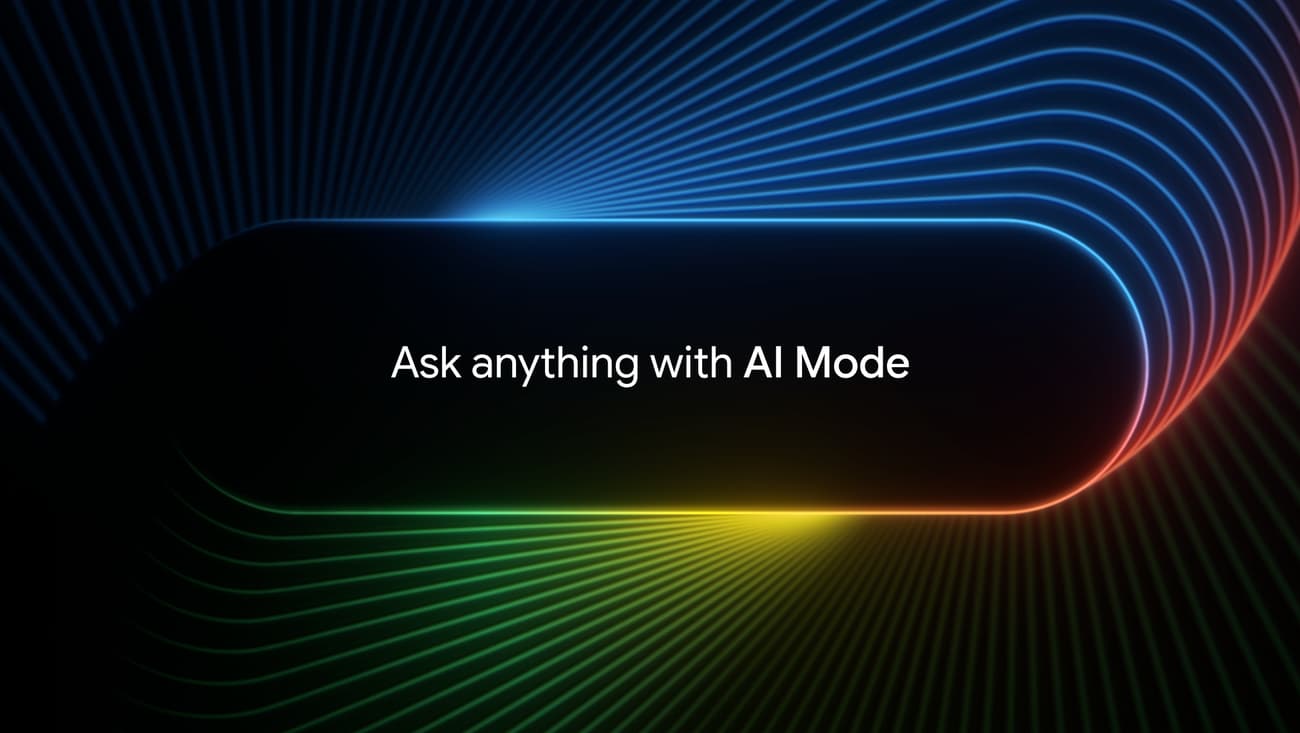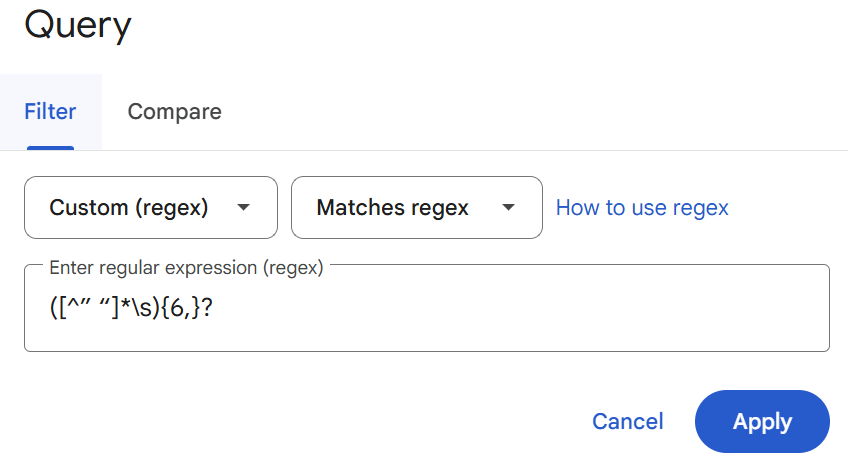






Initially rolling out in the US, India, and the UK, Google has recently unleashed AI Mode in over 180 countries and territories with promises to expand that number. And as of today, AI Mode has officially launched in Australia. AI Mode introduces a new way for users to scour the web and gain information. It’s touted by Google as its “most powerful AI search experience”. Read on for an explanation of how AI Mode works and its relevance for Australian businesses and casual search users alike.
The most immediate and noticeable feature for AI Mode is the generative summary. For complex or nuanced queries, AI Mode generates a summary at the top of the search results page. And this also hints at what type of query AI Mode is best suited for. By now, most people are generally familiar with the output of AI, if not the technical string-pulling that happens under the hood. Therefore, you won’t be surprised to learn that AI Mode is going to be very conversational. You don’t need to think as hard about typing the perfect combination of words to get the right web result, or relying on shortcuts (did you know you can add -[word] to Google searches to exclude results containing that word?). Instead, you can simply explain to it what you mean and what type of sources to avoid. And crucially, you can follow up if it doesn’t get it right straight away. The conversational follow-ups with back-and-forth discussion will be a core component of how users interact with this new way of searching. It even offers suggested follow-up questions.
But AI Mode goes further than conversations. It introduces agentic capabilities to perform actions for you. For example, say you wanted to go out for a meal. You decide to use AI Mode to solve the problem of future hunger: “Which Italian restaurants in my local area can host a party of 8?” In this information-gathering stage, AI Mode streamlines the process of evaluating choices. It scans multiple reservation platforms and websites to uncover real-time availability at restaurants that match your preferences. It then delivers a tailored list of options with open reservation slots. From there, it can even connect you straight to the booking page, where you simply need to enter your details. Note: even for countries with AI Mode access, agentic capabilities are still in the Beta ‘experiment’ phase.
Another key feature (that was initially lacking in AI Overviews) is source transparency. AI Mode, like AI Overviews, features citations to web sources of information. Users can then investigate further to see if the source holds up as credible. AI is certainly not perfect, and if you’ve used AI in any capacity, be it ChatGPT or AI Overviews, you’ve likely experienced AI hallucinations wherein false or misleading information is presented confidently as fact. As with anything on the internet, information from AI should be scrutinised and not taken as gospel. Still, it provides a great starting point for ideas and information gathering.
AI Mode uses a custom version of Gemini, expanding on AI Overviews with more advanced reasoning. It builds on everything that the AI space has been achieving in the past few years, and is powered by Google’s Knowledge Graph, Project Mariner, and Google Maps. For the agentic capabilities, AI Mode uses direct partner integrations. For example, Google partners with ticketing companies such as Ticketmaster and StubHub.
Unlike AI Overviews, which appear naturally in normal search result pages, users have to choose to venture into AI Mode, which is currently a new tab within Google Search. This is changing, though, with Google recently adding a shortcut: google.com/ai now leads you directly to Google’s AI Mode, if you prefer to access it that way.
AI Mode uses a “query fan-out” technique, issuing multiple related searches concurrently across subtopics and multiple data sources and then brings those results together to provide an easy-to-understand response. When you ask a question, the system “fans out” that question to several sources or components to get all the information it needs. Google says using this query fan-out method provides searchers with “more breadth and depth of information than a traditional search on Google.”
One of the biggest shifts from traditional search in AI Mode is its personalisation and integration with what Google already knows about you. It uses your previous conversations, your Google Maps history, places or food you’ve searched for, and everything it knows about you, essentially. It’s important to note that this level of personalisation is opt-in, and is also in the Beta ‘experiment’ phase for users. You’ll remain in control of what context you share with Google and can adjust your personalisation settings at any time.
Google's goal with AI Mode is to build a comprehensive answer to the query. They aim to show an AI-powered response as much as possible, but if they don’t have high confidence in the helpfulness and quality of the generated summary, the response will be a set of web search results. Generally though, you'll see multiple content types in the response, including images, videos, tables and lists, timelines, and more.

A hugely convenient aspect of AI Mode is its rich multimodal capabilities: you can interact with it in whatever way suits you, whether it’s typing out your query, speaking through a microphone, or even tossing in an image.
The best kinds of questions to ask are the messy, multi-layered ones, like planning a day trip around Fremantle that includes a vegetarian-friendly lunch, a walk through the markets, and a spot for cocktails before a show. If you just want today’s weather or a quick currency conversion, it’s faster to stick with good old-fashioned search for these simple queries. AI Mode is better suited for complexity, not the basics.
According to Google, there is no checklist for AI features. As Google Analyst Gary Illyes explains: “If you’re doing traditional SEO well, you’ll naturally be eligible for overviews and AI Mode features.” This is corroborated by Google Director and former Search Liaison Danny Sullivan, who states that “Good SEO is good GEO”. GEO in this case stands for Generative Engine Optimisation, which is a newly coined term that some use to describe optimising websites in the AI era. While some are heralding the end of SEO in this era (often trying to sell an AI workflow), realistically, SEO services are just evolving, as they have for many years.
There are still ways to improve your visibilty in this landscape:
Measuring which queries are from AI Mode will be tricky. The data is logged in Search Console, but Google lumps it together with normal search data. Things to look out for are long-tail queries, which are searches with several words in them, rather than just one or two. These are more likely to show up from AI Mode, due to how conversational it is.
Tip: Use regex in Search Console to filter for long-tail queries:

Google's updated methodology outlines how AI Mode responses are recorded:
If a user asks a follow-up question within AI Mode, they are essentially performing a new query. All impression, position, and click data in the new response are counted as coming from this new user query.
The launch of AI Mode raises many questions for Australian Businesses:
At Bang Digital, we can analyse your SEO problems and opportunities, and how you can optimise for this new era. If you have similar questions or want to discuss the future of search, get in contact with us to stay ahead of the curve.
Awards aren't everything. But we are pretty proud to be Perth's most awarded Google Premier Partner agency. Over the years we have been recognised by both Telstra and Google in their award categories, which are highly competitive. Here's a few of our PPC advertising accolades we are particularly proud of.





